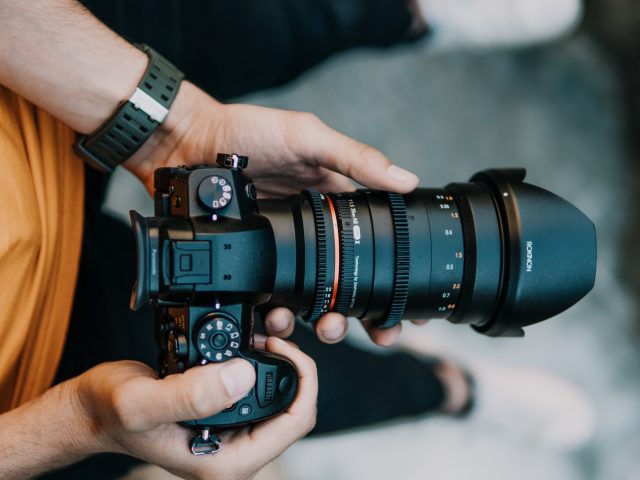In the world of photography, the use of color is not merely a matter of aesthetics; it is a powerful tool that can evoke emotions, convey messages, and captivate audiences. Understanding the impact of color in photography is essential for photographers and enthusiasts alike. This deep dive into the realm of color will reveal the significance of different hues, their psychological effects, and how they can be harnessed to create stunning and meaningful photographs.
The Psychology of Color
Color is not just a visual phenomenon; it also has a profound psychological impact on viewers. Different colors can trigger various emotions and associations. Here are some examples:
1. Red
Red is a color associated with passion, energy, and excitement. It grabs attention and can convey a sense of urgency or importance. In photography, the use of red can make a subject pop and create a focal point.
2. Blue
Blue is often linked to calmness, tranquility, and trustworthiness. It is frequently used in corporate settings to convey professionalism and reliability. In photography, blue skies and waters can create a sense of serenity.
3. Green
Green symbolizes nature, growth, and freshness. It is commonly used in environmental and health-related contexts. Photographs featuring lush green landscapes can evoke feelings of vitality and renewal.
4. Yellow
Yellow is associated with happiness, positivity, and warmth. It can brighten up an image and add a sense of cheerfulness. In photography, yellow can be used to convey joy and optimism.
5. Black and White
While not technically colors, black and white are powerful tools in photography. Black represents mystery, sophistication, and drama, while white symbolizes purity and simplicity. Black and white photography can emphasize shapes, textures, and emotions without the distraction of color.
Color Combinations
Understanding the psychological effects of individual colors is crucial, but the real magic happens when colors are combined thoughtfully. Color combinations can create harmony, contrast, or tension in a photograph, depending on the chosen hues.
1. Complementary Colors
Complementary colors are located opposite each other on the color wheel, such as red and green or blue and orange. When used together, they create strong contrast and can make a photograph visually striking.
2. Analogous Colors
Analogous colors are adjacent to each other on the color wheel, like blue, green, and teal. These combinations create a sense of harmony and can be used to convey a tranquil mood.
3. Monochromatic Colors
Monochromatic color schemes involve variations of a single color, such as different shades of blue. This approach can create a sense of unity and simplicity in a photograph.
The Cultural and Symbolic Significance of Color
Color meanings can vary across different cultures and contexts. For example, while white is associated with purity in Western cultures, it symbolizes mourning in some Asian cultures. Understanding these cultural nuances is essential for photographers working in diverse settings.

Practical Applications
So, how can photographers harness the power of color to enhance their work?
- Storytelling: Colors can be used to convey the mood and narrative of a photograph. Warm colors like red and orange can evoke a sense of excitement in a sports photograph, while cool colors like blue and green can create a tranquil atmosphere in a nature scene.
- Branding: Photographers who want to establish a consistent style can use specific color palettes to create a recognizable brand identity.
- Emotion Elicitation: Colors can be used strategically to evoke specific emotions in viewers. For example, using warm colors like yellow and orange in a portrait can make the subject appear friendly and approachable.
- Highlighting Subjects: Contrasting colors can be used to draw attention to a particular subject in a photograph. This technique is often used in fashion photography to make clothing or accessories stand out.
- Editing and Post-Processing: Editing software allows photographers to fine-tune and enhance the colors in their photographs. This post-processing stage is where the full potential of color can be realized.
Conclusion
Color is a fundamental element of photography that goes beyond mere aesthetics. It has the power to influence emotions, tell stories, and create powerful visual experiences. Understanding the psychology, symbolism, and practical applications of color is essential for photographers who want to take their craft to the next level. So, whether you’re capturing a breathtaking landscape, a candid portrait, or an artistic composition, remember that color is your ally in creating impactful and memorable photographs. Check out their web page to find authoritative resource about photography.





